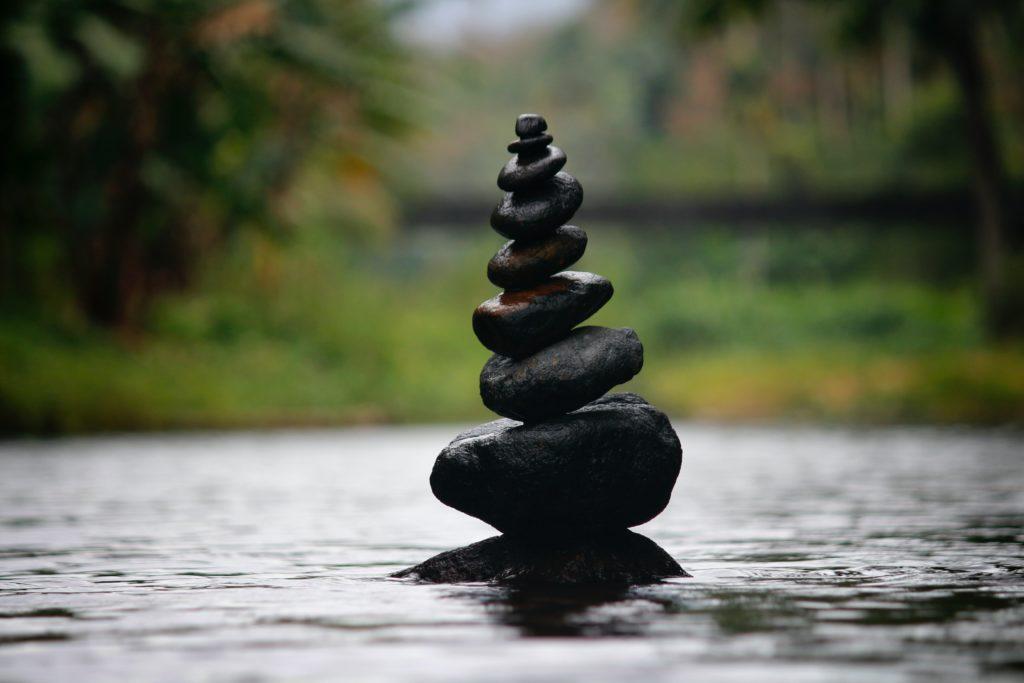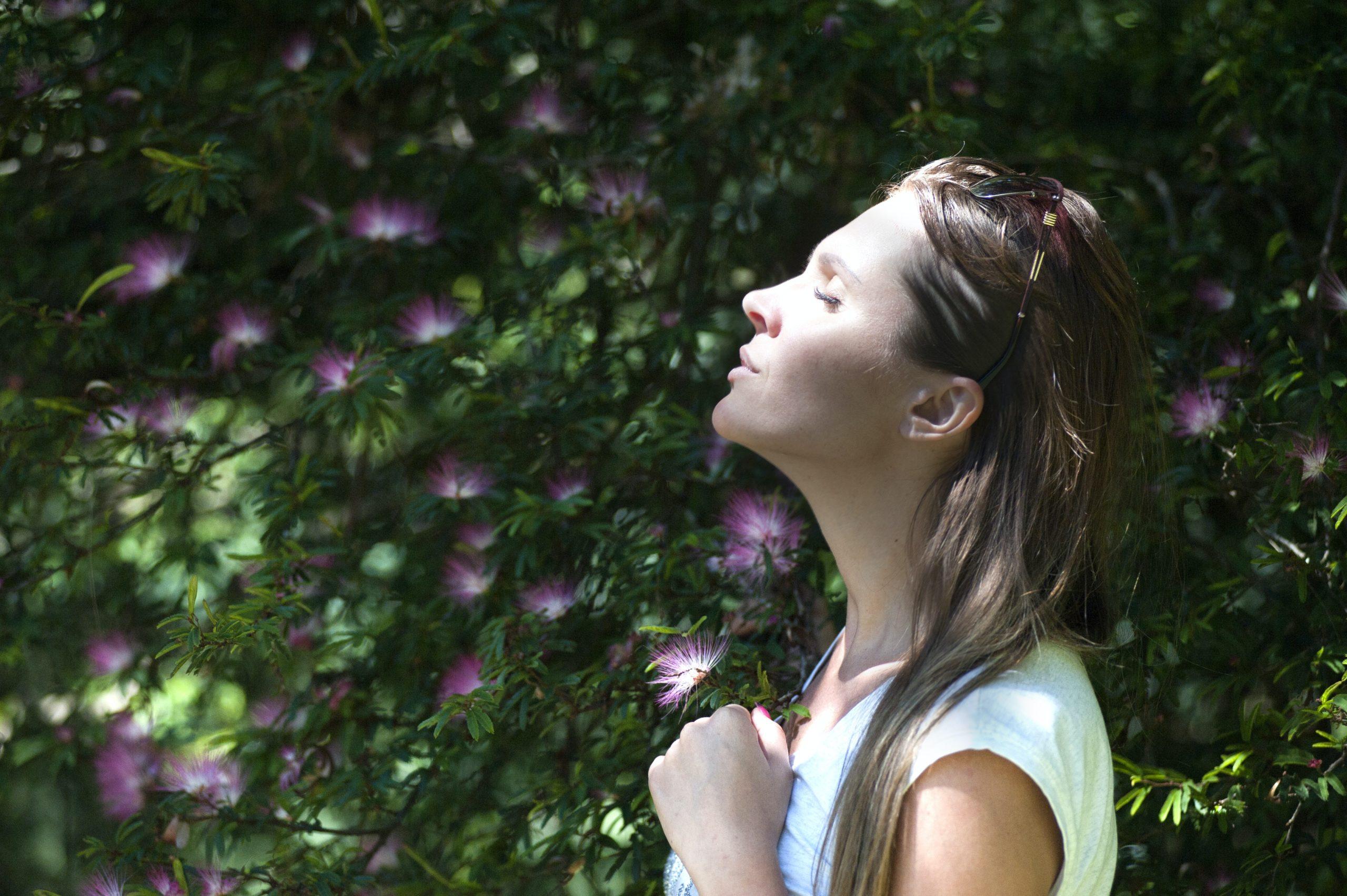Have you breathed today yet?
How often do you hear this question? And what answer would you offer? Yes? No? Maybe?
Breathing – what a unique function! We owe everything to it – the oxygenation of our blood, the expulsion of carbon dioxide, methanol, or isoprene, the elasticity of the spoken language, the melody of a song, the power to overcome pain, the ability to calm us down… Breath is the only bodily function that subjects us to a regular rhythm, yet it is a function that all of us are also able to monitor, observe and control. There is no other function like this unless you’re one of those advanced yogis who can control the heartbeat or digestion
All this makes breath unique. As illustrated by the first question above, it makes little sense to speak, think about or refer to breathing in the past. How much memory do you have of your yesterday’s breath? And, are you planning to do some breathing tomorrow?
Unless we refer to specific breathing techniques, breathing does not project our imagination to the past or to the future. When we ruminate about past events, brood over scraps of memory, and bring back the echoes of half-forgotten moments, breathing is unlikely to feature there. Likewise, when we muse on the future outcomes, ponder on tomorrow’s possibilities or run imagines of what “could be”, breathing will be an improbable star of those mind movies.
But as breathing brings no blades overwritten with verbal memories and features in no picture of the future, it is also its ultimate power.
Breathing only happens in the present time.
We all know how immensely challenging it is to focus on this very moment, the precise blink of attention to the now, the spark from which anything else in life can arise. From the current moment only. But even if we acquire the knowledge of the elusive quality of NOW, we find it exceedingly difficult to retain our concentration on this very moment.
Luckily, the most available of tools is always with us to rivet us right here, in this very moment. It is our breath. Breathing can only be observed at this very moment. By directing our attention to it, the invasive thoughts which constantly pester our memory and our imagination will take the backstage.

Front and center, we can now eye the rising and falling of our chest and our belly, the temperature of the air flowing through our windpipe, and the gentle, barely audible sound of the flow making its way through our nostrils or our mouth. If need be, we count the breath. Right now. A single breath performed in a conscious way becomes a mini-meditation, even if it takes only 10 seconds.
The power of breath has long been recognized in a variety of cultures.
The ancient Chinese conceptualized the notion of Qi (氣). In essence, Qi connotes the flow of vital force, it is sometimes reduced to meaning the ”life breath” of animated beings. However, the full meaning of Qi is more subtle than merely the air we breathe. Although the root of the Chinese character refers to ‘vapor’, the semantic field encompasses the energy that forms all life.
Qi brings the ordinary matter to life. It determines the nature of this matter, its health, longevity, and the influence it can exert on its environment. We are currents of energy and we radiate this cosmic force beyond the confines of our bodies.
Some people function like powerful graphite anodes, accumulating much Qi and then discharging it to their environment – with positive, or sometimes negative, consequences. Self-effacing personalities, on the other hand, transmit less energy. They may go through life leaving a little imprint behind, despite the great potential that they may otherwise possess.
By practicing certain physical activities, including conscious breathing, it is possible to become aware of this subtle form of the flow that permeates our bodies and improves the flow of energy.
Qi (氣)
The notion of Qi can also be compared to non-Chinese concepts that attempt to depict this vital force. In modern English, the term “spirit” derives from Latin spiritus, which means “breathing”, but also “breath of a god”. The English language, heavily influenced by Latin and Norman-French has retained many verb compounds with this root. We a-spire to something, we are in-spired by others and we ex-pire at the end of our lives when we give off our last breath.
Latin “conspirare”, which gave us the meaning of “agreeing with others” and “plotting”, originally meant breathing together, as when multiple voices join in a chorus. Singing in unison was a form of spiritual practice in the Western tradition, not least with monophonic, unaccompanied sacred songs of Gregorian chant. Similar, though separate liturgical traditions developed among Coptic and Byzantine communities.
Latin is not the only language that conflates the meaning of breath and the spiritual. In Slavic languages, the same root is used for “spirit” and for “breath” (e.g., дух and дыхание, respectively, in Russian). In Old Norse, the word “andi” means both “breath” and “spirit”. And in Old English, the term “gast” referred to both breath and spirit. It survives to this day as “ghost” in English and “Geist” (spirit) in modern German. English speakers will be familiar with the German term “Zeitgeist” (or ‘time-ghost’, i.e. the defining spirit of a particular period).
How other cultures recognize this life force
For ancient Egyptians, “ka” was the life force. As a universal power, the royal “ka” symbolized a pharaoh’s hereditary right to rule. Symbolized by a hieroglyph of uplifted arms (inhalation?), it may have also implied a person’s protective divine spirit. As a spiritual double, “ka” would survive the physical death and reside in an image or a statue of a deceased individual.
In Sanskrit, the term “prana” refers to both breath and vital force (or breath of life). Identified with cosmic essence and the all-pervading power, prana is what differentiates between the animate and the inanimate.
The practice of pranayama (breath control) constitutes one of the Eight Limbs of Yoga, placing it at the juncture between the outer and inner practices. This positioning recognizes the unique locality of breathing – a par excellence borderland practice that connects our inner state with the outside world. Pranayama practitioners are taught to regulate their breath through a variety of techniques that affect the relative length of inhalation, exhalation, pauses, and timing.
Ancient Greeks referred to breath as “pneuma”, which also meant soul or spirit. Early monists associated this term with air, pointing to the indivisible nature of the universe. For Aristotle, all strength and mobility derive from the vital force of “inborn spirit”. For Stoics, the “breath of life” regulated both the individual and the cosmos.

The term “pneuma” was also employed by translators of the Hebrew Bible and in New Testament. The original Hebrew text used the word “ruach”, which means spirit, breath or wind. It appears as Ruach HaKodesh (the Holy Spirit) and as Ruach Elohim (the Spirit of God). In the Old Testament, Ruach Elohim arrives upon an individual and enables him to speak to God. When in the New Testament, Jesus breathed upon his Apostles, it is commonly accepted that he imparted Holy Spirit upon them (or in any case prepared them to receive the Holy Spirit, depending on the interpretation).
In Qu’ran, breath constitutes a connection between the physical and spiritual aspects of life. Sufi healers, who believe that breath is an activity of God, pay particular attention to the health of the lungs and have designed many breathing practices.
Whether the earthy, proto-medically oriented Greeks, the ancient yoga compilers, immortality-obsessed Egyptians or early Christian converts, humans of all cultures seemed to recognize the existence of this fundamental life force.
Alternatively viewed as a secret of life, a purifying force, or the very metaphor of vital flow, breath has long fascinated self-reflective individuals. More subtle than just the air we breathe, it dominates our survivability away from our daily awareness. The essence of its power can be captured by precisely the opposite operation – bringing it back into our awareness.
Breath awareness is the core component of our bodily awareness.
Other forms of bodily awareness include our acute recognition of senses, other bodily functions, the cardinal axes of our body, motor movement and balance, and the various levels of energy.
But only breath (and language – which would not be audible without breath) operates right on the border between our bodies and the surrounding environment. All other forms of awareness are binary – they either refer to what is inside our body and its surface, or to what surrounds us.
This is why Patanjali – the ancient compiler of sutras – placed pranayama in the middle of yoga’s practices. Breath is constant, cyclical movement and hence engages both sides of our bodily experience – the exterior and the interior.
Bringing awareness to breathing is the first step to spiritual practices. For all those who find meditation and contemplation daunting, the focus on the breathing function is an easy way back to the present time.
Start by counting your breaths.

Simple counting of breaths over several minutes may calm the mind and turn it away from its usual preoccupations. Then notice the intervals. What is longer? Inhalation or exhalation? How long is the stillness in between?
Is it longer after the exhalation or after the inhalation? Does your belly participate or is it only your chest? Is your mouth open or closed? Which nostril receives more air? How does the air feel? What is its temperature?
Is there a difference in temperature between the air flowing in and the air flowing out? Which flow feels stronger, more energetic, and more forceful? And which answers are easy? Which ones make you wonder?
Many of us never reflect on the various aspects of this vital activity.
The purpose of this focus is not some in-depth scientific knowledge about the chemical processes that our body undergoes during breathing. The goal is the focus on the present time, in synch with the breathing cycles. It is easy to conduct such sessions of breath awareness.
Simple breath counting can be done at any moment when we are forced into idleness. While standing in a line at a grocery check-out, while waiting for the parking slot to become available, and sitting at the stands waiting for the baseball game to start. With practice, heightened breath awareness becomes a source of deep relaxation that we usually experience only when we are not conscious (that is in our sleep).
These simple practices will gradually lead the adepts to engage in conscious breathing and later to develop more advanced breathing techniques. A whole new chapter will open in life. A healthier, more fine-tuned, and more conscious life.
If you want to begin a simple breathing practice, download a free guided MP3 here.




























